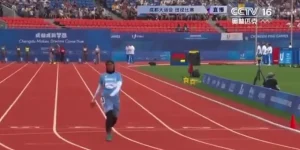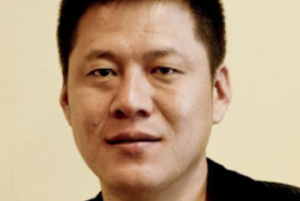Stroke survivors who practised a seated form of Tai Chi had
equal or greater improvement in hand and arm strength, shoulder range of
motion, balance control, depression symptoms, and activities of daily living
after 3 months than those who participated in a standard stroke
rehabilitation exercise programme, according to a new study published in the
journal ‘Stroke.’
Tai Chi is an ancient Chinese martial technique that combines
deep breathing with slow, deliberate movements of the hands, arms, neck, legs,
and core. The study’s novelty is that researchers created a Tai Chi sitting
routine for persons who had a recent ischemic stroke (blocked blood vessel to
the brain) and had hand and arm weakness or partial paralysis.
Because they lack physical stability or are unable to
completely utilise their arms, many survivors have opted out of rehabilitation
therapy. In a Scientific Statement about Physical Activity and Exercise Recommendations
for Stroke Survivors, researchers also stated that flexibility and muscle
strength training, such as yoga and Tai Chi, has been shown to help stroke
survivors improve their balance, quality of life, and mental health while
reducing their fear of falling.
Also read: Hospitals sceptical of getting fresh stocks for boosters amid demand concerns
“Tai Chi has a long history as a form of exercise in
China. We revised the Tai Chi movements for people who have weakness or partial
limb paralysis. It is tailored so that participants can move one arm with the
help of the healthy arm,” said Jie Zhao, PhD, lead study author and a
lecturer at Yunnan University of Traditional Chinese Medicine in Yunnan, China.
The research was carried out in Kunming, China, at two
traditional Chinese medicine hospitals. Researchers gathered 160 participants
(average age 63 years, 81 men and 79 women) who had experienced their first
ischemic stroke within six months of enrolling in the trial and were still able
to use at least one arm.
Also read: Covishield, Covaxin prices slashed to Rs 225 for private hospitals
Also read: Meningococcal disease explained: Why gay, bisexual men need to be careful
Half of the participants in the trial were randomly assigned
to the seated Tai Chi programme, while the other half were assigned to a normal
stroke rehabilitation exercise programme (hospital-recommended upper limb
movements; the amount, implementation strategies and caregiver responsibilities
were similar to the Tai Chi group).






